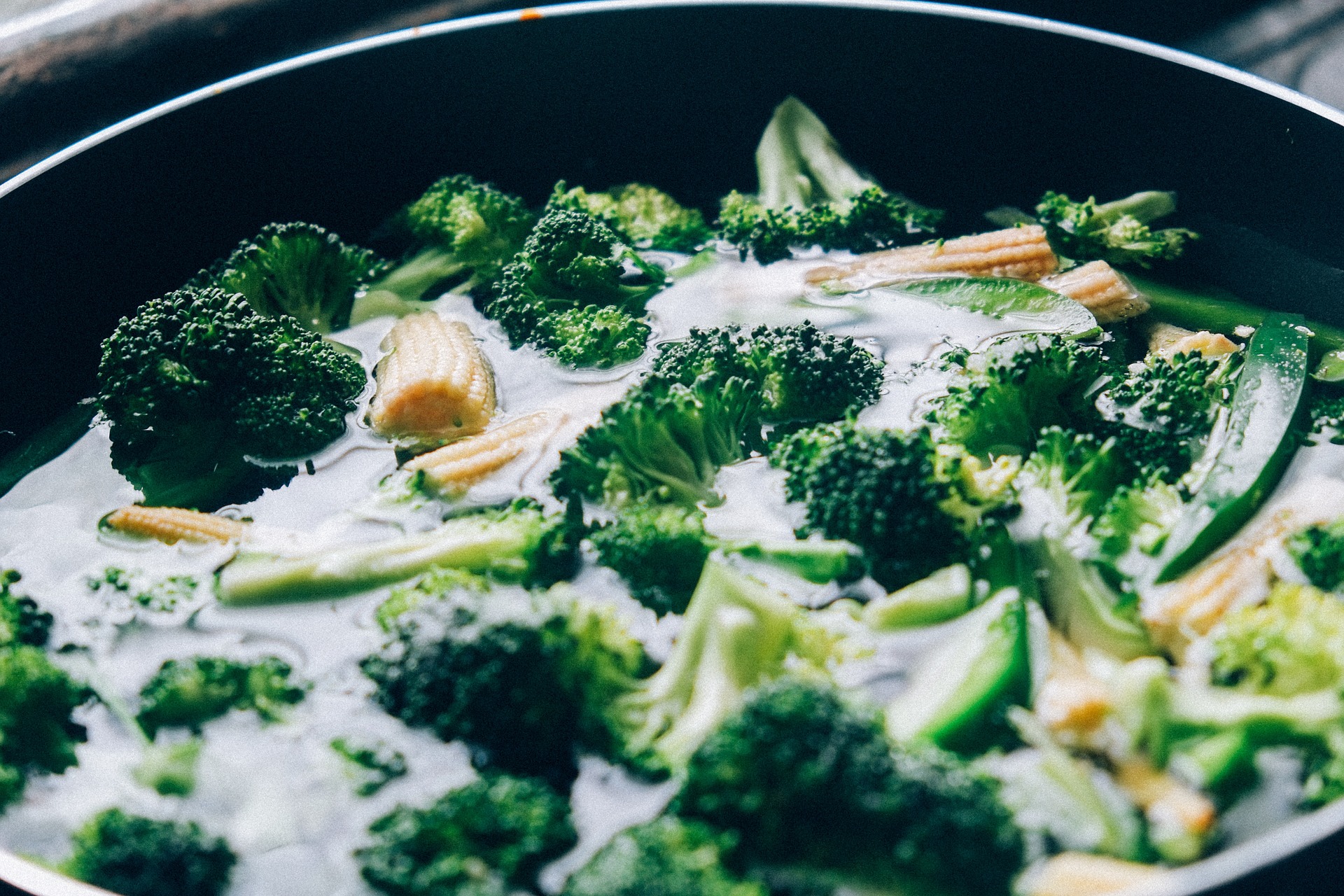Fiber is a famous food component in a healthy diet. We all know that it is good for the gut, but is fiber a prebiotic? Let’s find out more in this article.
Fiber this, fiber that. Dietary fiber is famous for its health benefits, and studies about this date back to the 1920s. Even Hippocrates recognized the laxative effect of coarse wheat as compared to refined wheat.
What are these?
The Institute of Medicine (IOM) has a working definition of both dietary and functional fibers. It recognizes the diversity of fiber sources, which are as follows:
Dietary fibers are lignin and nondigestible carbohydrates that are intact and intrinsic in plants
Functional fibers are nondigestible carbohydrates with beneficial physiological effects
There are two traditional classifications of fiber and that depends on its solubility. You guessed it! It’s soluble and insoluble fibers.
Dietary fiber is related to gut health since it helps in the digestion process. Not only is it beneficial by itself, but it can also affect the gut microflora in the body. This brings the question, is fiber a prebiotic?
Prebiotics and Probiotics
Prebiotics are different from probiotics. Probiotics are living microorganisms that are beneficial to gut health. Prebiotics is defined as “a selectively fermented ingredient that allows specific changes, both in the composition and/or activity in the gastrointestinal microflora, that confers benefits.”
Usual targets for the prebiotics are Lactobacilli strains which live in the colon. Another usual target living in the colon is the Bifidobacteria that is more numerous than Lactobacilli.
Bacteria in your body? That’s blasphemous!
Well, the idea is unacceptable only if you live centuries ago. Today, studies about prebiotics and probiotics go beyond their benefits to the gut.
Did you know that people from the prehistoric times consumed prebiotics? Yep! There was evidence from dry cave deposits showing that humans from way back ate plants high in inulin. Inulin is a known prebiotic.
Is fiber a prebiotic?
The role of fiber as a prebiotic is as “food” for the local gut bacteria. This gut microbiome gets energy and food from undigested carbohydrates from the upper gut. Fiber is fermented in the colon. Around 1,000 different bacterial species live in the colon because of its favorable environment. It has slow transit time, acceptable pH levels and availability of nutrients. Usually, prebiotics are a type of soluble dietary fiber and can also be synthesized from sugars.
These microorganisms also help in synthesizing short-chain fatty acids and Vitamin K in the body. Prebiotics in itself is helpful for the body. Some of the health benefits involve:
- modulate satiety
- boost the immune system
- helps improve bowel movements
- can even help ease symptoms of Irritable Bowel Syndrome.
Different factors affect the status of the gut microbiome, such as:
- The health of the person
- Stress
- Diet
- Taking antibiotics or use antiseptics
Let’s talk about diet.
Fiber is easy to incorporate in the diet, as long as you don’t have any health condition that prevents you from taking it. Some manufacturers make fiber-rich fruit juices, or even ready to drink prebiotics! This way, you wouldn’t have to worry about your dietary fiber needs.
But, in case you want to go all out on your prebiotics, you can go the natural way – by eating fiber-rich food. Here are some good sources of fiber that you add to your diet:
- Garlic
- Leeks
- Onion
- Asparagus
- Wheat
- Banana
- Chicory root
- Oats
- Barley
- Apple
- Flaxseed
- Seaweed
More than just fiber
Did you notice something? Yes, fiber mostly comes from plants. The fun part about prebiotics is that it’s not just the fiber that you’re getting from it. By eating prebiotics, you are also consuming the various nutrients that each ingredient has. Take garlic for example. You might just think of it as a flavoring agent, but it’s rich in vitamin B6, C, selenium, and manganese, among others.
When you combine various fiber-rich food in your average intake, you are boosting your means of improving your gut health. At the same time, you’re also getting other nutrients too. It might be challenging for those who do not like to eat vegetables, but there are a lot of options out there, and it’s not just the veggies. You can eat apples and bananas and you’ll still get at least some fiber needed by your body.
[thrive_toggles_group”][thrive_toggles title=”References” no=”1/1″]https://gutadvisor.com/difference-between-prebiotics-probiotics/ https://www.healthline.com/nutrition/19-best-prebiotic-foods https://www.gutmicrobiotaforhealth.com/en/the-different-ways-that-prebiotics-and-fiber-affect-the-gut-microbiota/ https://www.ncbi.nlm.nih.gov/pmc/articles/PMC3705355/#B3-nutrients-05-01417 https://www.prebiotin.com/foods-containing-prebiotics/[/thrive_toggles][/thrive_toggles_group]



